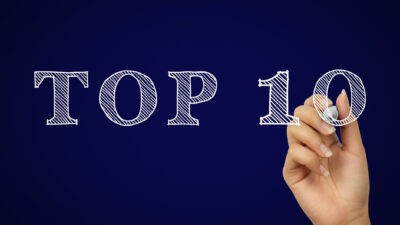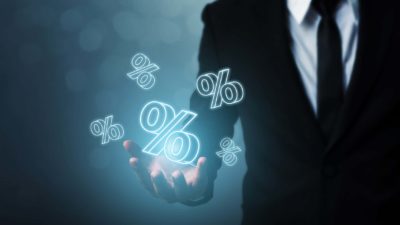The Reserve Bank of Australia (RBA) may be forced to pump more stimulus into the financial system after Victoria extended its lockdown.
Victorian Premier Dan Andrews outlined an aggressive plan to eliminate COVID-19 before residents can return to "COVID normal".
The plan to "eradicate" rather than "suppress" is condemned by many business leaders. It will come at a big cost to the state and national economies.
Negative reaction to Victoria's road to reopening
The chief executive of Wesfarmers Ltd (ASX: WES) is a vocal critic. His retail conglomerate employs 30,000 Victorians and he told the Australian Financial Review that the Andrews government didn't properly consult with retailers.
The federal government also couldn't hide their disappointment with the overly ambitious plan. Australia's September quarter GDP is almost guaranteed to cop another big blow after it crashed by a record 7% in the previous quarter.
More monetary stimulus for markets?
This is bad news for ASX share investors too, although the market will be looking to the RBA to provide a backstop.
After all, global equities are racing higher due to the liquidity dump by central banks around the world, and not by growth.
The probability of our central bank pulling harder on the quantitative easing (QE) and interest rate lever just went up!
Economists predicting bigger QE program
A Bloomberg survey of economists found that nearly two-thirds of respondents are predicting the RBA will increase QE by expanding bond purchasing.
UBS believes this will happen as soon as next month, while most others think it will happen towards the end of 2020 or early 2021.
Will the RBA cut rates to 0.1%?
The Reserve Bank could also cut record low interest rates further. This view isn't as popular among economists with three out of 11 believing the cash rate will fall to 0.1% from 0.25%.
These economists also think the RBA will align its three-year yield target to the cash rate to further lower borrowing costs.
While these voices are in the minority, the survey was probably completed before Premier Andrew's press conference yesterday.
Foolish takeaway
I won't be surprised if economists are now crunching the numbers to quantify the cost of the Victorian lockdown with the state contributing to around a quarter of the national economic output.
This may mean the RBA will be forced to become more dovish. Its governor Philip Lowe indicated his reluctance to lower the cash rate in the past and ruled out the use of negative interest rates.
Negative interest rates are probably still off the table, but the cut to interest rates is looking increasingly plausible in my view – even though it could be more symbolic than anything.








